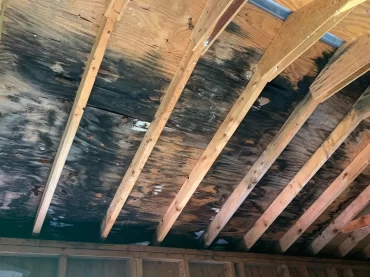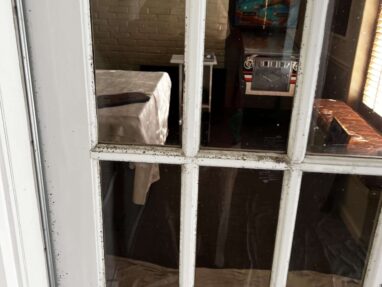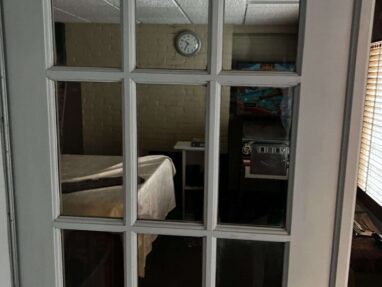MoldPros: The Experts in Mold & Odor Control
For Expert Service & Fast Response: Call Us at 412.628.3011

The Experts in Mold & Odor Control
Mold and odor are common issues that many people encounter in their homes or workplaces. Mold refers to a type of fungus that thrives in damp and humid conditions, while odor often arises as a result of the presence of mold, mildew, or other organic matter. On this page, we will address some of the most frequently asked questions about mold and odor, providing insights into their causes, prevention, and potential health risks. We have also reserved some space for the testimonials from our customers.
Here's What You Need to Know about Mold & Mildew...
What is the difference between mold and mildew?
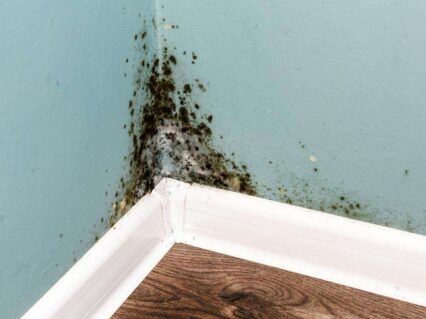
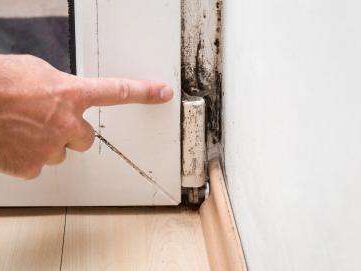
Mold and mildew are both types of fungi that can be found in various environments, although they have distinct characteristics and differences. Firstly, mold tends to be more visible and has more vegetation, a fuzzy or velvety appearance, whereas mildew is typically powdery or downy in texture and may appear in shades of white or gray.
In terms of their growth preferences, mold thrives in warm and humid conditions, while mildew tends to develop in cooler and damp environments. This distinction often leads to mold being found in areas such as bathrooms, basements, or wet materials, while mildew can frequently be observed on organic surfaces like plants or fabrics.
Another difference between mold and mildew lies in their potential health effects. Mold exposure can cause various respiratory issues, allergic reactions, or even trigger asthma attacks in susceptible individuals. On the other hand, mildew is generally considered to be less harmful and may only cause minor irritations or allergic reactions.
Furthermore, the methods of preventing and treating mold and mildew also vary. Mold is often removed through professional remediation services or by using specialized cleaning solutions, as it can penetrate deep into porous materials. Mildew, on the other hand, can often be eliminated using household cleaning products or by simply exposing the affected area to sunlight and fresh air.
In summary, while mold and mildew are both types of fungi, they have different physical characteristics, growth conditions, health effects, and treatment approaches. Recognizing these distinctions can help individuals effectively identify and address the presence of mold or mildew in their surroundings.
What are the health hazards associated with mold?
To reiterate, mold is type of fungus that grows in damp and humid environments and poses several health hazards. One of the primary health risks associated with mold exposure is respiratory problems. When mold spores are inhaled, they can irritate the linings of the nose, throat, and lungs, triggering respiratory symptoms such as coughing, sneezing, and wheezing. For individuals with asthma or existing respiratory conditions, mold can exacerbate their symptoms and lead to severe breathing difficulties.
Moreover, mold exposure can cause allergic reactions in many people, even those without pre-existing allergies. These allergic reactions can manifest as skin rashes, itching, redness, and swelling. Some individuals may experience more severe allergic responses, such as hives or difficulty breathing, which requires immediate medical attention.
Additionally, mold produces mycotoxins, toxic substances that can be harmful when inhaled or ingested. Prolonged exposure to mycotoxins is associated with a range of health issues, including neurological problems, fatigue, headaches, and dizziness. In some cases, mold exposure has been linked to the development of conditions such as chronic sinusitis, pneumonia, and even systemic fungal infections, particularly in individuals with weakened immune systems.
Furthermore, mold growth can deteriorate indoor air quality, leading to symptoms such as eye irritation, nasal congestion, and persistent coughing. Long-term exposure to mold has also been associated with chronic fatigue syndrome, depression, and cognitive impairments.
To mitigate these health hazards, it is crucial to identify and address mold growth promptly. Regularly inspecting and addressing moisture issues in buildings, maintaining proper ventilation, and controlling humidity levels can prevent mold growth and reduce the associated health risks.
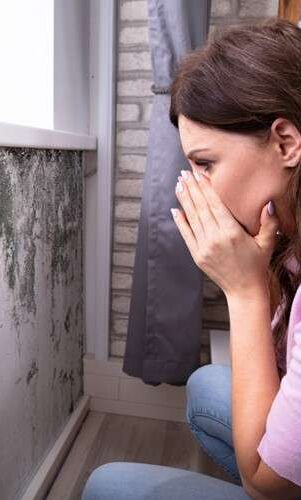
Can mildew turn into mold?
The simple answer is 'yes', if the substrate can be penetrated to provide rooting conditions for the fungi, and the organism create vegetative spores, then the conditions will be right for the former - less hazardous - to become the latter - more hazardous.
What are mold spores?
Mold spores are microscopic structures produced by fungi. They serve as a means of reproduction for mold, allowing them to spread and colonize new areas. Mold spores are incredibly small, typically measuring between 2 to 100 micrometers in size, making them invisible to the naked eye.
These spores are present in the environment everywhere, both indoors and outdoors. They are easily released into the air and can be transported over long distances through air currents. Mold spores are especially abundant in damp or humid environments, as mold thrives in these conditions.
Mold spores are highly resilient and can survive in a variety of environmental conditions. They can remain dormant for extended periods and are capable of withstanding extreme temperatures, such as freezing or high heat. Once conditions become favorable, such as when they land on a suitable surface with adequate moisture and organic material, the spores can germinate and grow into visible mold colonies.
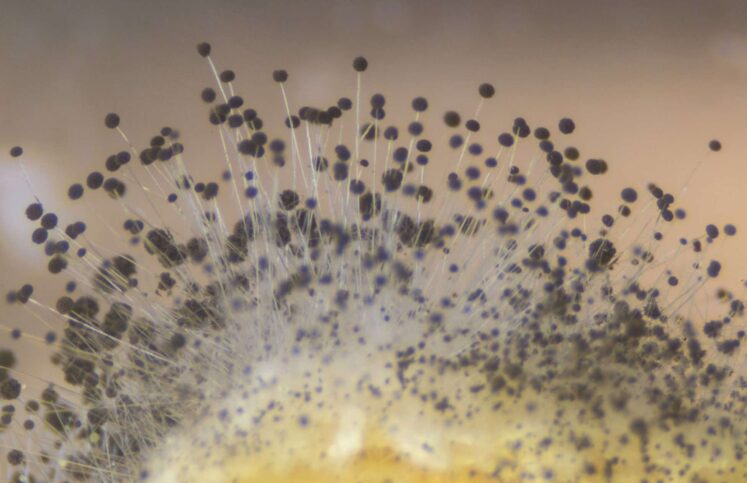
While mold spores are usually harmless in small quantities, significant exposure to them can cause various health problems, particularly for individuals with respiratory conditions or weakened immune systems. Inhaling or coming into contact with a large number of mold spores can trigger allergic reactions, such as sneezing, coughing, and skin irritation. Some molds also produce toxic substances called mycotoxins, which can lead to more severe health effects.
Preventing mold growth and controlling its spores is vital in maintaining a healthy indoor environment. This can be achieved by reducing excess moisture, improving ventilation, and promptly addressing any water leaks or spills. Regular cleaning and proper maintenance of indoor spaces can help minimize the presence of mold spores and prevent their proliferation.
Is mold and mildew growth preventable?
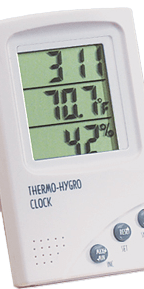
The control of temperature and humidity plays a crucial role in preventing mold growth. Mold thrives in environments where there is excess moisture, warmth, and lack of proper ventilation. By regulating the temperature and humidity levels, it becomes possible to create an inhospitable environment for mold to grow and spread.
Controlling temperature involves maintaining a consistent and moderate temperature in indoor spaces. Extreme temperatures, whether too hot or too cold, can create conditions favorable for mold growth. Mold tends to flourish in temperatures ranging from 60 to 80 degrees Fahrenheit (15 to 27 degrees Celsius). By keeping the temperature within this range and avoiding extreme fluctuations, the conditions become less ideal for mold spores to germinate and multiply.
Humidity control is equally important in preventing mold growth. Mold requires a humidity level of around 70% or higher to thrive. By keeping the relative humidity below this threshold, typically between 30% and 60%, it becomes challenging for mold to establish itself. This can be achieved by utilizing dehumidifiers, properly venting moisture-generating appliances such as dryers and stoves, and improving overall air circulation within the indoor space.
Together, regulating temperature and humidity establishes an unfavorable environment for mold growth. By doing so, it minimizes the chances of mold spores finding the necessary conditions to colonize and multiply. This is crucial not only for maintaining a healthy indoor environment but also for the preservation of structures, furniture, and personal belongings, as mold can cause significant damage and lead to various health issues for occupants.
What steps may I take as a homeowner when mildew appears?
There are TWO tricks is to acting quickly when mildew appears:
- Ask yourself 'why?' How have I violated the conditions necessary to prevent mold and mildew? Has this room or space been allowed to get too warm, or too humid? What can I do to alter our household practices so the conditions do not reoccur: not closing the bathroom door after taking a hot shower, leaving the fan on for a few minutes longer, protecting the walls from the lapping dog drinker, etc. They all are preventable if you take action.
- Use an oxidizing agent to remove the discoloration and knock back the fungal growth. The most mild of answers is White Vinegar. If that doesn't work, then Hydrogen Peroxide, straight from the brown bottle onto a cloth and onto the discoloration, and if you want to mimic how the pros do it, then order some Chlorine Dioxide tablets today to keep on hand. Each tablet is about the size of an aspirin and will create a full quart of cleaner, deodorizer and sanitizer.
Should your own actions not work, then it is time to call in the MoldPros, and we'll be on the job when you need us!
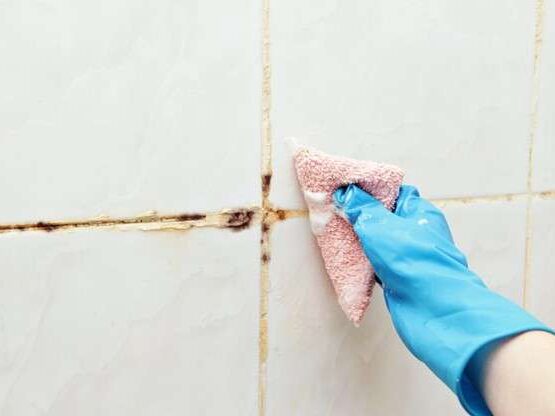
What can I do about mildew on fabric or clothing?
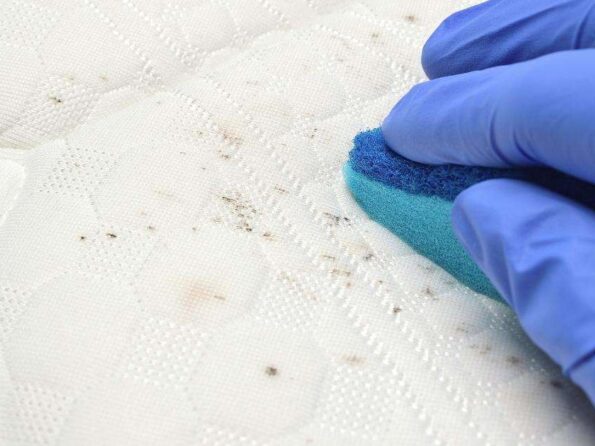
Mildew is a type of mold that can grow on fabric when it is exposed to damp or humid conditions for an extended period. It not only leaves unsightly stains but also produces a musty odor. If you're dealing with mildew on fabric, here's a step-by-step guide on how to remove it effectively:
1. Take the fabric outside: Start by removing the mildewed fabric from your home and taking it to an open and well-ventilated area. This is important to prevent the mildew spores from spreading indoors.
2. Brush off excess mildew: Use a soft brush or cloth to gently brush off any loose or powdery mildew from the fabric surface. This will help in loosening the mold and prevent it from becoming airborne during the cleaning process.
3. Pre-treat the fabric: Before washing, pre-treat the mildew stains with a mixture of equal parts vinegar and water. Apply the solution directly to the affected areas and let it sit for around 15 minutes. Vinegar is naturally acidic and helps in killing mildew spores.
4. Launder the fabric: After pre-treating, wash the fabric as per the manufacturer's instructions. Most fabrics are safe to launder in a washing machine, but make sure to check the care label first to avoid any damage or shrinkage. Use hot water if safe for the fabric, as the heat helps to kill remaining mildew spores.
5. Add a mildew-inhibiting agent: During the wash cycle, you can also add a mildew-inhibiting agent such as borax or oxygen bleach to the washing machine. These additives help kill any remaining mold spores and prevent future mildew growth.
6. Dry the fabric thoroughly: After washing, air dry the fabric in direct sunlight, if possible. Sunlight has natural disinfecting properties and helps eliminate lingering mildew odors. If outdoor drying is not possible, use a dryer on the highest heat setting allowed for the fabric, or hang it inside in a well-ventilated area.
7. Check for any remaining stains or odors: After the fabric has dried, inspect it for any remaining mildew stains or odors. If necessary, repeat the cleaning process or consider using a mildew stain remover specifically designed for fabrics, following the instructions on the product's label.
What is the difference between what we can do for mold or mildew, and what the MoldPros do?

When you don't have the time, the safety equipment, or the confidence to attack a mold problem in your home or business to the extent that you believe it requires, call the MoldPros.
The MoldPros can conduct the testing required to assess exactly what the type and potential danger of the mold or mildew is in your home or business. They will then know what steps need to be taken to remove the vegetative mold, gather any airborne mold spores from your air, eliminate the stain and odor associated with mold, and finally provide you with the reasonable steps necessary to prevent it from reoccurring in your living space.
Mold Can Make A Workplace Un-Workable
In the Fall of 2023, the MoldPros were called to assist a contractor that was losing workers, time and money on a home renovation project. The problem was mold - hardly visible yet was making his crew sicker and sicker as the days passed.
Jeff and his team first came in and assessed the situation with airborne particulate testing, and the results certainly backed the suspicions of the contractor - it was mold.
The went to work. First wiping down the surfaces, then filling the entire structure with safe and effective ClO2 which neutralized the mold and mold spores so work could safely resume. The testimony is below.
Reviews of our work...
Below you will find an ever-growing list of our reviews, collected at...
Jeff and his team did an excellent job of removing the mold from our house. His team was professional and exceeded our expectations. From start to finish he was very thorough, prompt, sent photo updates and also worked closely with our general contractor. His team worked the weekend to go above and beyond to ensure that all of the issues were addressed. Five star service!
Joshua P. St. Clair, PA
